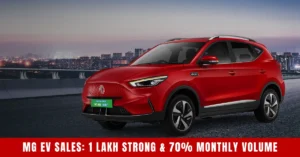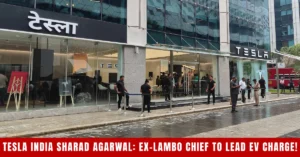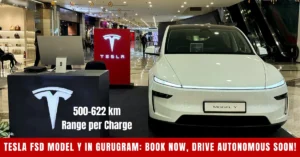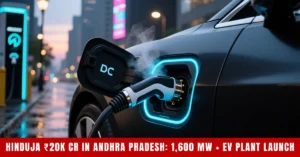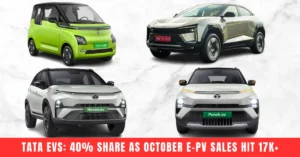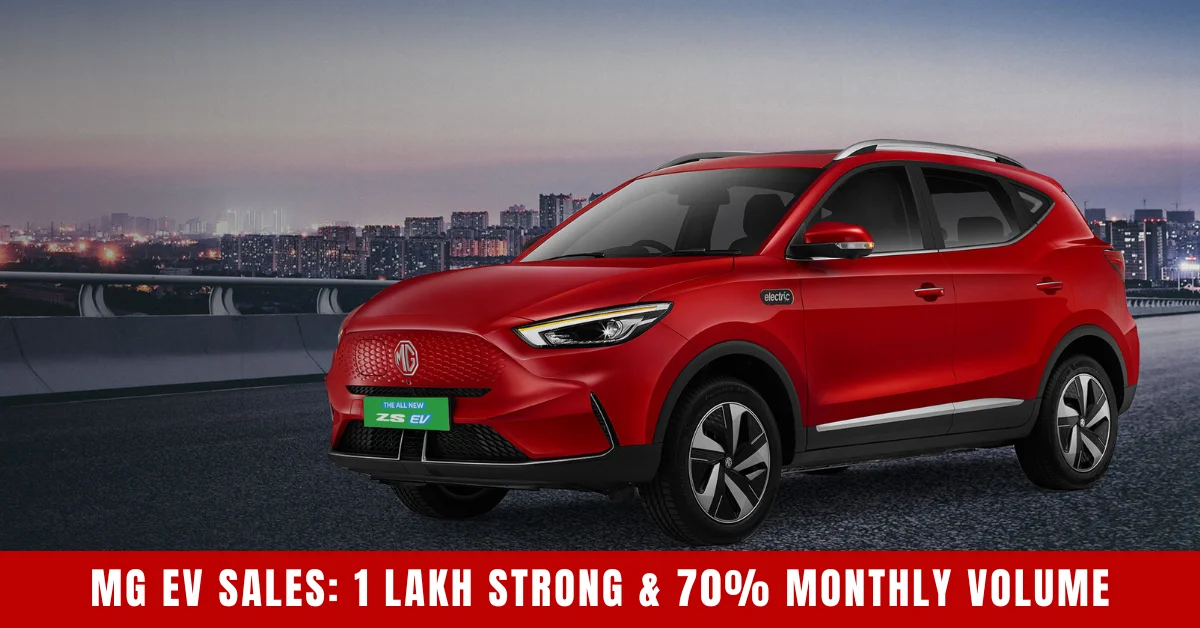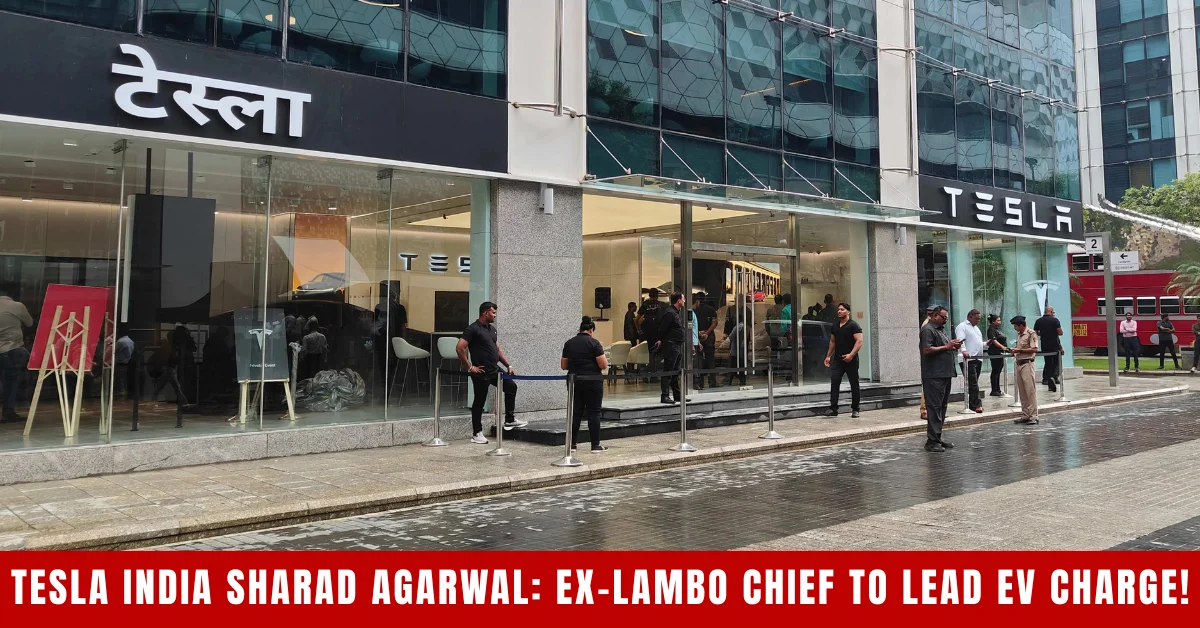
Overview
- WTO Escalation: China files complaint against India’s PLI schemes for ACC batteries, automobiles, and EV manufacturing, alleging violations of SCM, GATT 1994, and TRIMs agreements.
- Core Allegation: Schemes favor domestic over imported goods, discriminating against Chinese products and impairing trade benefits; seeks consultations as first step in dispute resolution.
- Schemes Targeted: PLI ACC Battery Storage (₹18,100 crore for 50 GWh); PLI Automobile & Auto Components (₹25,938 crore); Scheme to Promote EV Manufacturing (approved March 2024).
- Trade Snapshot: India’s exports to China fell 14.5% to $14.25B in FY25; imports up 11.52% to $113.45B, widening deficit to $99.2B; China eyes India’s auto market for EV exports.
- Global Backlash Echo: Mirrors EU’s 27% tariffs on Chinese EVs; China’s 2.01M EV exports in Jan-Aug 2025 (up 51% YoY) face overcapacity challenges.
- Process Ahead: Consultations pending; if unresolved, WTO panel could rule, potentially impacting India’s self-reliance push.
- Irony Highlighted: China’s move comes amid its own subsidy history, fueling accusations of double standards in global trade.
China Takes India to WTO Over EV Subsidies: A Trade War Simmering in the Green Shift
New Delhi, October 21, 2025 – In a sharp escalation of trade tensions, China has lodged a formal complaint at the World Trade Organization (WTO) against India’s Production Linked Incentive (PLI) schemes for advanced chemistry cell (ACC) batteries, automobiles, and EV manufacturing, alleging they breach global rules by favoring domestic production over imports. The move, detailed in a WTO communication dated October 20, seeks consultations—the first step in dispute settlement—and claims India’s measures discriminate against Chinese goods, nullifying trade benefits under the SCM, GATT 1994, and TRIMs agreements. As India pushes for self-reliance amid China’s export curbs, this complaint arrives at a pivotal moment for the world’s fastest-growing EV market.
The Complaint: Domestic Bias or Fair Play?
China argues that India’s schemes condition incentives on using local over imported goods, violating WTO principles. “These measures appear to nullify or impair benefits accruing to China,” the WTO document states, requesting India’s response for mutual consultations. The targeted programs include:
- PLI ACC Battery Storage: Approved May 2021 with ₹18,100 crore for 50 GWh capacity over five years (post-gestation), aiming to boost domestic cell production, cut import reliance, and lower costs.
- PLI Automobile & Auto Components: September 2021, ₹25,938 crore outlay to address cost disabilities, promote Advanced Automotive Technology (AAT), and generate jobs through fresh investments.
- Scheme to Promote EV Manufacturing: March 2024, designed to attract global EV makers, positioning India as a hub for latest-tech e-vehicles.
This is the initial phase; unresolved talks could lead to a WTO panel ruling, potentially reshaping India’s EV incentives.
Trade Stakes: Deficit Widens, Exports Sought
China, India’s second-largest partner, exported 2.01 million pure electric and plug-in hybrid EVs in Jan-Aug 2025 (up 51% YoY, per CPCA data from 50+ builders), eyeing India’s vast market amid domestic overcapacity and price wars. Yet, FY25 trade data reveals strain: India’s exports to China dropped 14.5% to $14.25 billion (from $16.66 billion in FY24), imports rose 11.52% to $113.45 billion (from $101.73 billion), ballooning the deficit to $99.2 billion. Beijing’s push for EV exports clashes with India’s localization drive, mirroring EU’s 27% tariffs on Chinese EVs to curb subsidized dumping.
Measures: A Shield Against Dependency
India’s schemes, part of PM E-DRIVE and FAME-III, prioritize domestic value addition to counter China’s 70% dominance in battery inputs, exacerbated by November 2025 export restrictions on rare earths and lithium. With 6% EV penetration in 2025 and 1.2 million sales last FY, these PLIs have drawn ₹18,000 crore investments, targeting 30% penetration by 2030. “It’s survival, not protectionism,” says industry experts, as India seeks to localize 50% battery production by 2027.
Global Echoes: Tariffs and Tensions
China’s complaint parallels Western pushback: the US’s 100% EV tariffs and EU duties highlight subsidy-fueled Chinese overcapacity. For India, it’s a test of self-reliance—PLI’s focus on AAT and jobs (e.g., 50 GWh ACC capacity) aims to create 1.5 million roles while reducing import bills. If consultations fail, a panel could delay rollout, but India’s transparent incentives are WTO-compliant, experts argue.
Road Ahead: Consultations or Clash?
China awaits India’s reply for consultations, with a mutually convenient date in sight. As bilateral trade hits $127.7 billion in FY25, this dispute could ripple through supply chains, but India’s measures—prioritizing innovation over barriers—may withstand scrutiny. With EV sales eyeing 2.5 million in 2025, the stakes couldn’t be higher: a green race where self-reliance trumps subsidy spats.
Source: business-standard.com
Also read more about EV Car News
Also Read
- MG EV Sales Cross 1 Lakh Milestone in India: 35% Market Share & 70% Monthly Volume!
- Tesla India Sharad Agarwal: Ex-Lamborghini Head Appointed Country Chief to Revive EV Sales
- Tesla Driverless Model Y in Gurugram: FSD Display at Ambience Mall—Book Now, Deliver in 30 Days!
- BYD EV Cash Burn 2025: $10 Billion Outflow Despite $100 Billion Revenue – What’s Going Wrong?
- Hinduja Group Andhra Investment: Hinduja Group to Invest ₹20,000 Cr for 1,600 MW Power Boost, EV Plant & Charging Network!
- Tata Motors EV Sales October 2025: 40% Market Grip Amid 56% Surge – Kia Zooms to No. 4!
